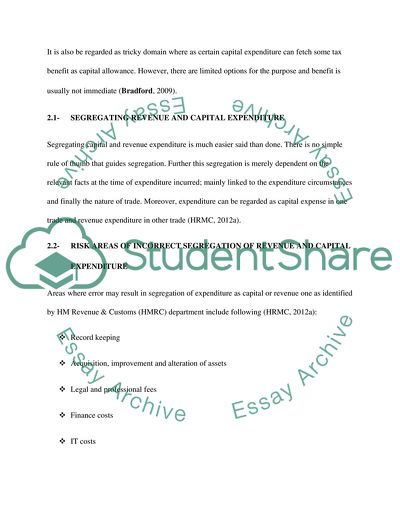Cite this document
(Taxation Essay Example | Topics and Well Written Essays - 2000 words - 4, n.d.)
Taxation Essay Example | Topics and Well Written Essays - 2000 words - 4. https://studentshare.org/finance-accounting/1791425-taxation
Taxation Essay Example | Topics and Well Written Essays - 2000 words - 4. https://studentshare.org/finance-accounting/1791425-taxation
(Taxation Essay Example | Topics and Well Written Essays - 2000 Words - 4)
Taxation Essay Example | Topics and Well Written Essays - 2000 Words - 4. https://studentshare.org/finance-accounting/1791425-taxation.
Taxation Essay Example | Topics and Well Written Essays - 2000 Words - 4. https://studentshare.org/finance-accounting/1791425-taxation.
“Taxation Essay Example | Topics and Well Written Essays - 2000 Words - 4”. https://studentshare.org/finance-accounting/1791425-taxation.


